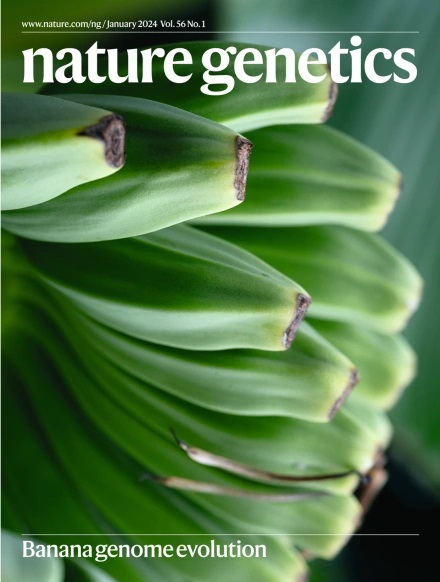Deciphering the longitudinal trajectories of glioblastoma ecosystems by integrative single-cell genomics
IF 31.7
1区 生物学
Q1 GENETICS & HEREDITY
引用次数: 0
Abstract
The evolution of isocitrate dehydrogenase (IDH)-wildtype glioblastoma (GBM) after standard-of-care therapy remains poorly understood. Here we analyzed matched primary and recurrent GBMs from 59 patients using single-nucleus RNA sequencing and bulk DNA sequencing, assessing the longitudinal evolution of the GBM ecosystem across layers of cellular and molecular heterogeneity. The most consistent change was a lower malignant cell fraction at recurrence and a reciprocal increase in glial and neuronal cell types in the tumor microenvironment (TME). The predominant malignant cell state differed between most matched pairs, but no states were exclusive or highly enriched in either time point, nor was there a consistent longitudinal trajectory across the cohort. Nevertheless, specific trajectories were enriched in subsets of patients. Changes in malignant state abundances mirrored changes in TME composition and baseline profiles, reflecting the co-evolution of the GBM ecosystem. Our study provides a blueprint of GBM’s diverse longitudinal trajectories and highlights the treatment and TME modifiers that shape them. Comparison of paired primary and recurrent glioblastomas at the single-cell transcriptomic level describes molecular and cellular trajectories associated with tumor recurrence, highlighting extensive heterogeneity and microenvironmental co-evolution.

综合单细胞基因组学解读胶质母细胞瘤生态系统的纵向轨迹
异柠檬酸脱氢酶(IDH)野生型胶质母细胞瘤(GBM)在标准治疗后的演变仍然知之甚少。在这里,我们使用单核RNA测序和大量DNA测序分析了59例患者的原发性和复发性GBM,评估了GBM生态系统在细胞和分子异质性层之间的纵向进化。最一致的变化是复发时恶性细胞比例降低,肿瘤微环境(TME)中胶质细胞和神经元细胞类型的相互增加。大多数配对对的主要恶性细胞状态不同,但在任何时间点都没有状态是排他的或高度富集的,在整个队列中也没有一致的纵向轨迹。然而,特定的轨迹在患者亚群中丰富。恶性状态丰度的变化反映了TME组成和基线剖面的变化,反映了GBM生态系统的共同进化。我们的研究提供了GBM不同纵向轨迹的蓝图,并强调了形成它们的治疗和TME修饰剂。
本文章由计算机程序翻译,如有差异,请以英文原文为准。
求助全文
约1分钟内获得全文
求助全文
来源期刊

Nature genetics
生物-遗传学
CiteScore
43.00
自引率
2.60%
发文量
241
审稿时长
3 months
期刊介绍:
Nature Genetics publishes the very highest quality research in genetics. It encompasses genetic and functional genomic studies on human and plant traits and on other model organisms. Current emphasis is on the genetic basis for common and complex diseases and on the functional mechanism, architecture and evolution of gene networks, studied by experimental perturbation.
Integrative genetic topics comprise, but are not limited to:
-Genes in the pathology of human disease
-Molecular analysis of simple and complex genetic traits
-Cancer genetics
-Agricultural genomics
-Developmental genetics
-Regulatory variation in gene expression
-Strategies and technologies for extracting function from genomic data
-Pharmacological genomics
-Genome evolution
 求助内容:
求助内容: 应助结果提醒方式:
应助结果提醒方式:


